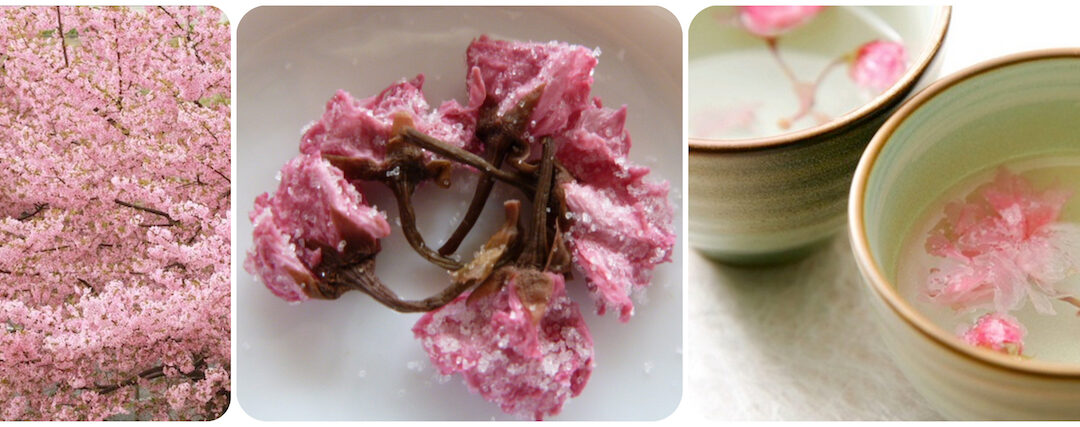
by Elizabeth Andoh | Mar 16, 2021 | Kitchen Culture, Spring
Salt-Cured Cherry Blossoms & Leaves The blossoms and leaves of certain varieties of sakura are made edible by preserving them in salt, in a process known as shio-zuké. Deeply colored yaezakura blossoms are especially prized. When it comes to salt-curing leaves,...
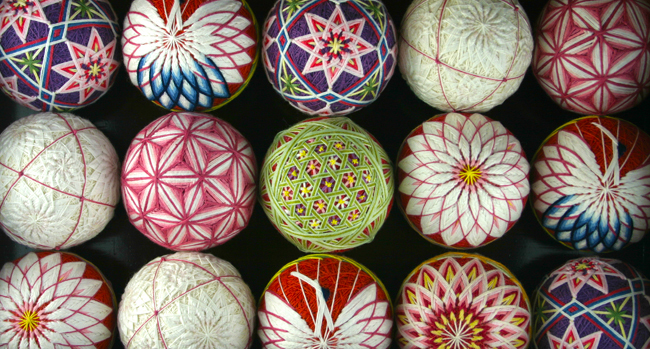
by Elizabeth Andoh | Feb 22, 2021 | Kitchen Culture, Year-Round
Pom Pom Sushi Temari-Zushi 手まり寿司 Like many frugal Japanese women who managed households in the early and mid 20th century, my mother-in-law, Kiyoko Andoh, practiced thrift in and out of the kitchen. She saved bits and pieces of cloth, turning them into quilted...
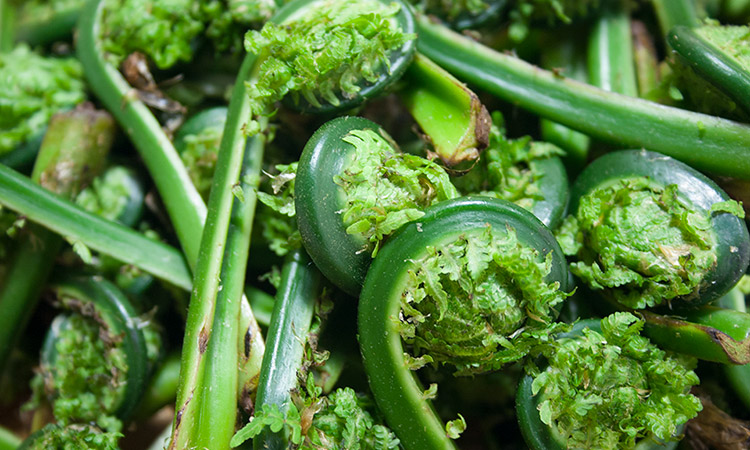
by Elizabeth Andoh | Feb 12, 2021 | Kitchen Culture, Tools & Techniques
KOGOMI こごみ・屈み Fiddlehead of the ostrich fern; Matteuccia struthiopteris What the Japanese call kogomi is commonly known in North America as fiddlehead ferns; they can be found in many parts of Canada, New England, the Midwest and the Pacific Northwest. In Japan,...

by Elizabeth Andoh | Jan 24, 2021 | Culture, Holiday, Kitchen Culture, Spring, Winter
ONI wa SOTO FUKU wa UCHI Throw out the ogres! Bring in Good Fortune! 節分 SETSUBUN means “break between seasons” and such breaks occur many times during the year. However, today Japan celebrates the setsubun break that comes early in February and...
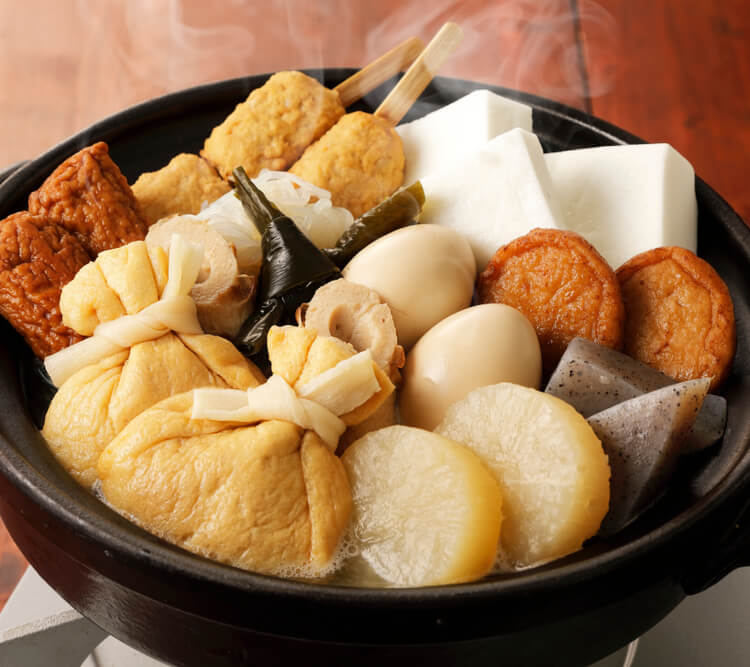
by Elizabeth Andoh | Jan 12, 2021 | Kitchen Culture, Winter, Year-Round
おでん ODEN Various ingredients find their way into the belly-warming stew known as oden. Most versions include myriad sausage-like items made from surimi (fish and seafood ground to a paste). Some of these are deep-fried while others are boiled, roasted, grilled or...
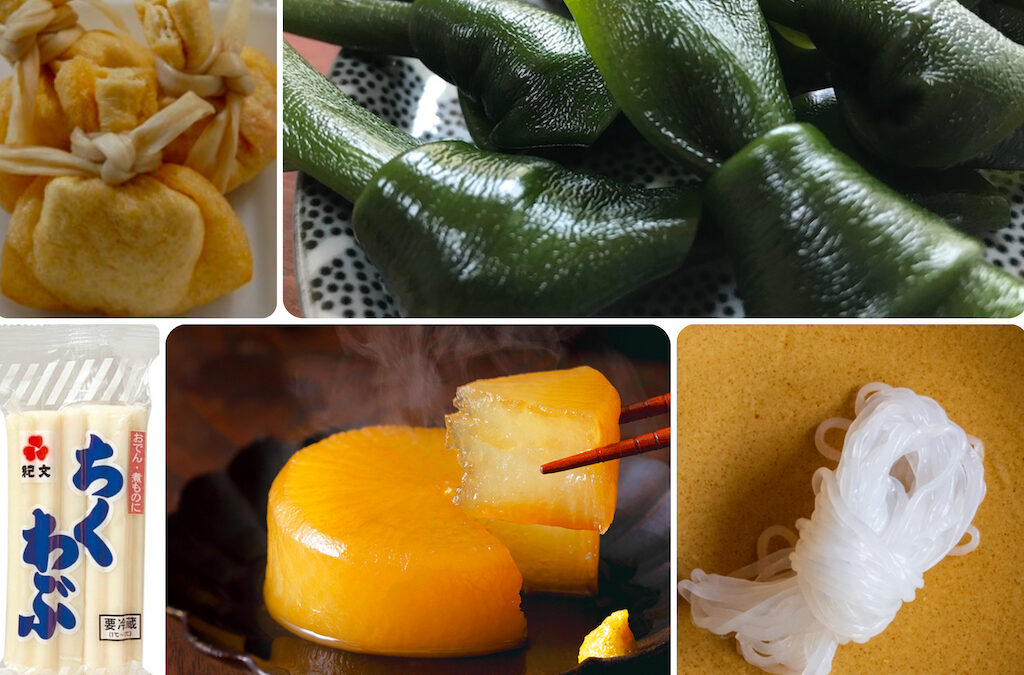
by Elizabeth Andoh | Jan 12, 2021 | Kitchen Culture, Winter, Year-Round
おでん Oden Various ingredients find their way into the belly-warming stew known as oden. Most versions include myriad sausage-like items made from surimi (fish and seafood ground to a paste). There are, however, lots of options for those who prefer plant-based items...
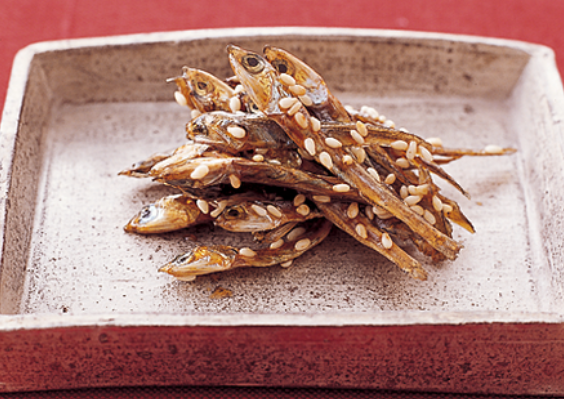
by Elizabeth Andoh | Dec 20, 2020 | Holiday, Kitchen Culture, Winter
田作り tazukuri ごまめ gomamé The names of many Japanese dishes employ word play; this is especially true of traditional holiday foods such as TAZUKURI. Written with calligraphy meaning “tilled fields” the fish brittle is a New Year delicacy that symbolizes fertility and...
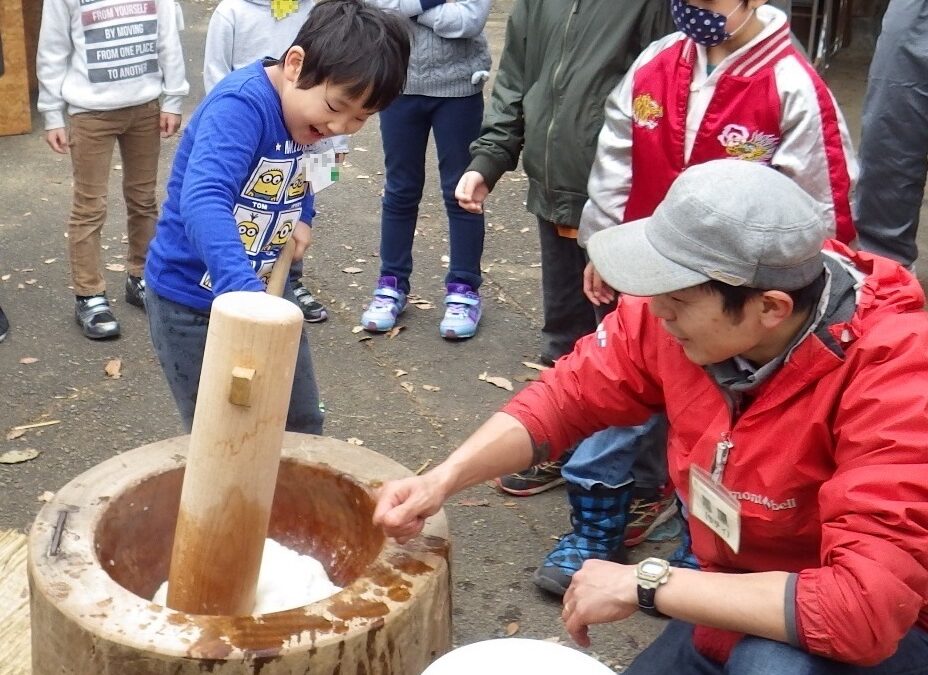
by Elizabeth Andoh | Dec 16, 2020 | Culture, Holiday, Kitchen Culture, Winter
Pounding Rice Taffy 餅つき MOCHI TSUKI MOCHI TSUKI… steamed mochi-gomé rice is pounded into a sticky, taffy-like mass. As the year comes to a close and preparations to welcome the new year are underway, communities throughout Japan organize rice-pounding events...
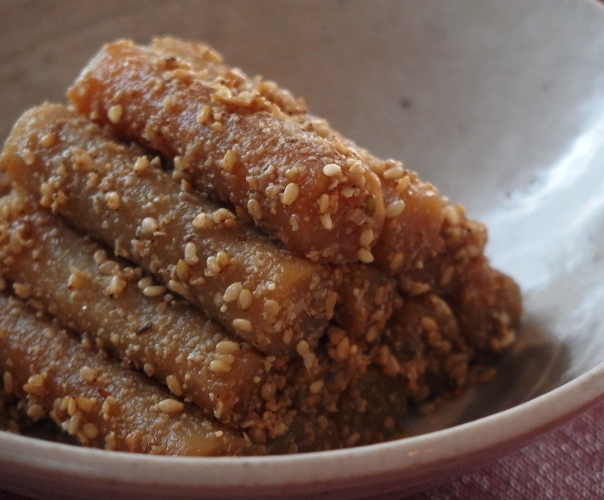
by Elizabeth Andoh | Dec 5, 2020 | Holiday, Kitchen Culture, Winter
Tataki Gobō叩き牛蒡 Smashed Burdock Root This dish takes its rather alarming name from the thwacking sound emitted when burdock root is tenderized with a blunt, heavy tool. In the traditional Japanese kitchen, this would have been a surikogi, the wooden pestle used in...
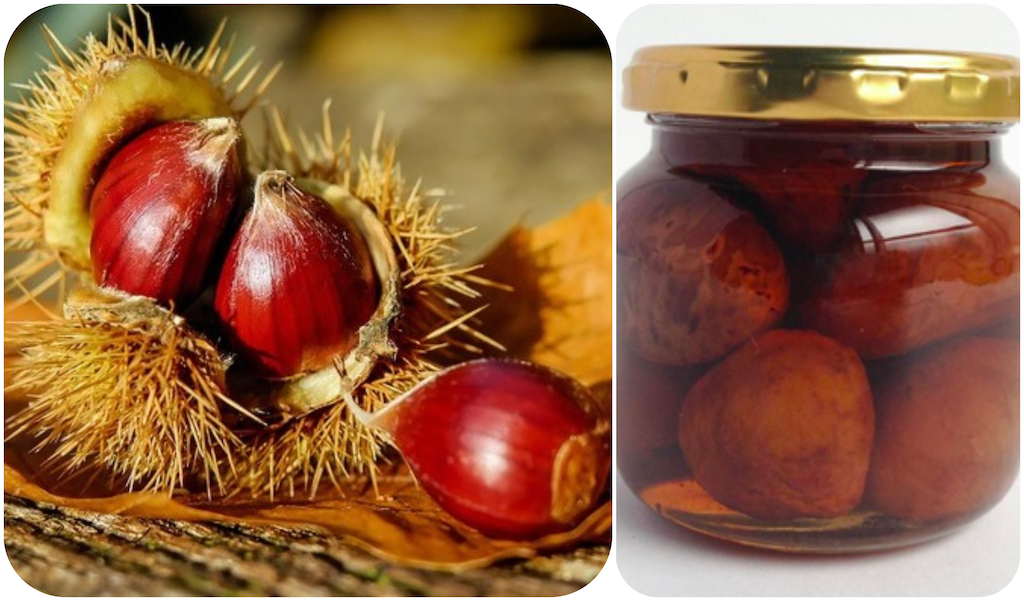
by Elizabeth Andoh | Nov 13, 2020 | Autumn, Kitchen Culture
Sugar-Stewed Chestnuts栗の渋皮煮 Shibu Kawa Ni Shibu Kawa Ni is what the Japanese call sugar-stewed whole chestnuts that are only partially peeled – their slightly bitter, inner skin being kept intact. The resulting glossy brown globes are delightfully complex in flavor...
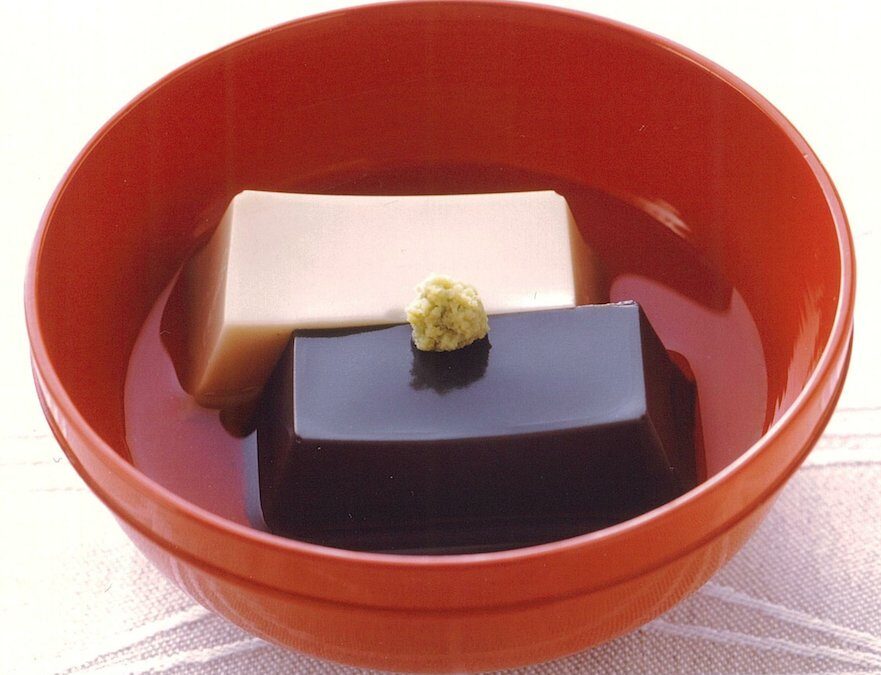
by Elizabeth Andoh | Nov 1, 2020 | Autumn, Kitchen Culture, Year-Round
Buddhist Cookery & Sesame Pudding 精進料理 Shōjin Ryōri・胡麻豆腐 Goma-Dōfu Goma-dōfu, a creamy-smooth sesame pudding, is historically associated with fucha ryōri, a Chinese-style of Buddhist cookery that arrived in Japan with Zen Priest Ingen in 1654. The pudding is a...
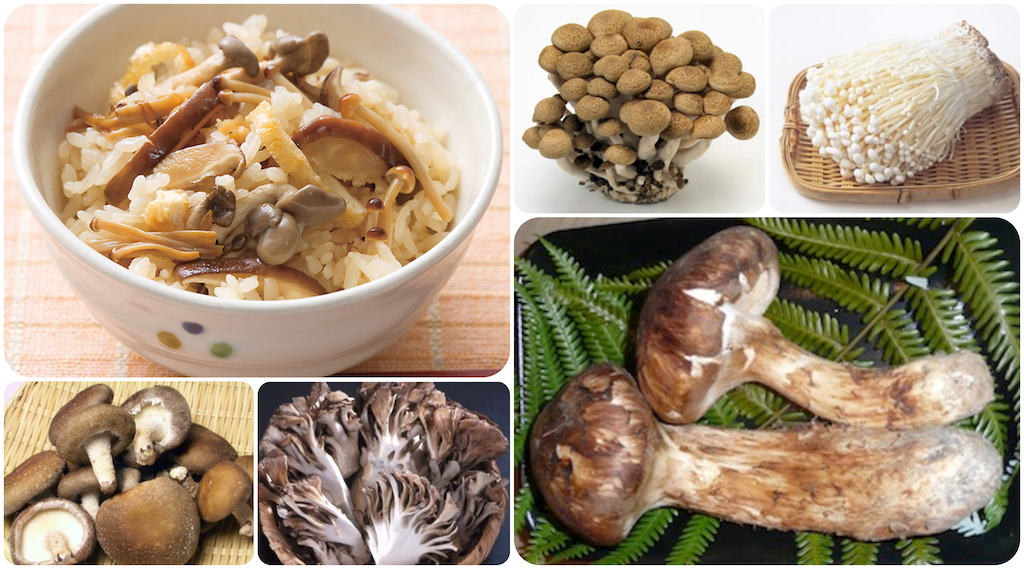
by Elizabeth Andoh | Oct 19, 2020 | Autumn, Kitchen Culture, Winter
Kinoko Gohan Rice with Mushrooms The Japanese call autumn’s many culinary pleasures Aki no Mikaku. Such pleasures include a glorious array of mushrooms. You, too, can celebrate the season at table by composing a menu that highlights this bounty. Kinoko Gohan Is an...
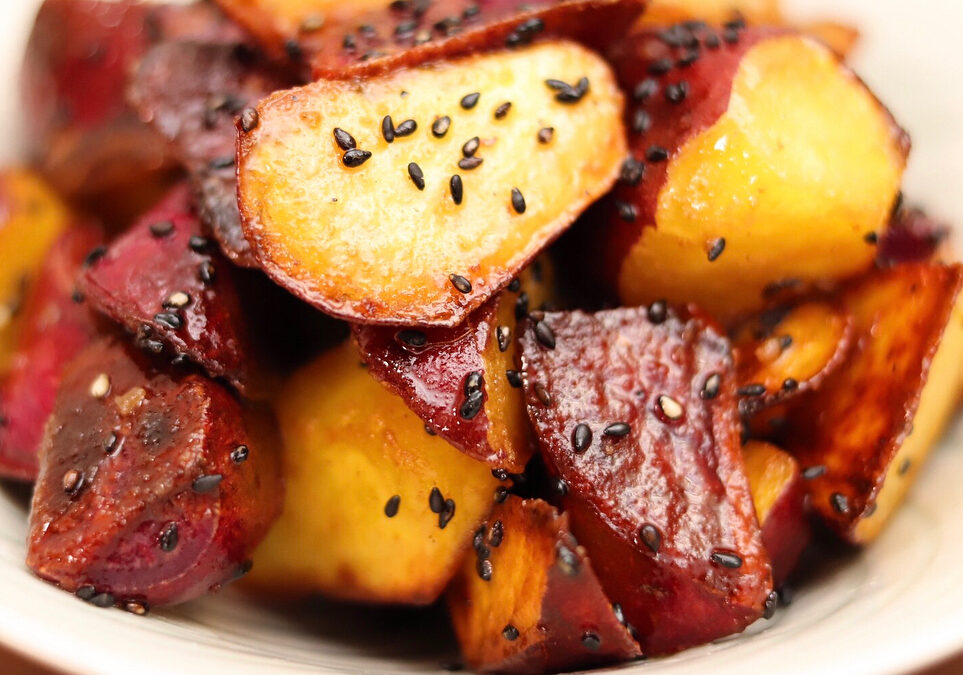
by Elizabeth Andoh | Oct 6, 2020 | Autumn, Kitchen Culture, Year-Round
Daigaku Imo (Glazed Sweet Potatoes) 大学芋 Syrup-glazed, black sesame-studded Daigaku (university) imo (potato) first became popular among university students in Japan at the turn of the twentieth century. To learn more about the history of this dish, read my October...
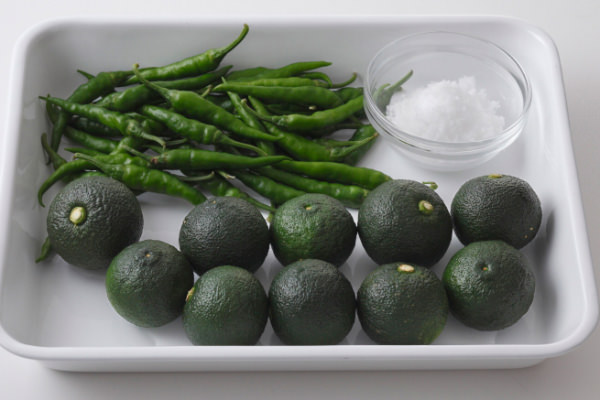
by Elizabeth Andoh | Sep 25, 2020 | Autumn, Kitchen Culture, Tools & Techniques
Yuzu Koshō 柚子胡椒 Mid-September…the heat of summer lingers on, but there is the promise of cooler autumn days ahead. That is when I typically see baskets of green yuzu in my Tokyo neighborhood markets and bags of green chili peppers, too. Within a month the yuzu...
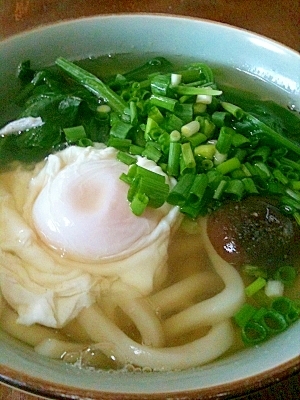
by Elizabeth Andoh | Sep 15, 2020 | Autumn, Kitchen Culture
Tsukimi Udon Moon-Viewing Noodles 月見うどん As summer turns to fall, the moon wanes in a particularly luminous fashion. Indeed, the Harvest moon is celebrated in stories and songs around the world. In Japan, tsukimi, or “moon-viewing” also has a place at table. This...
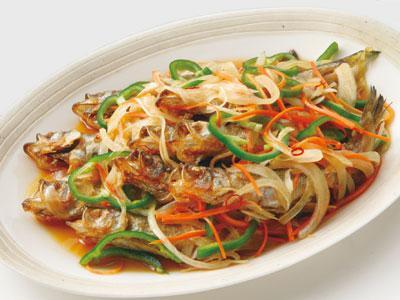
by Elizabeth Andoh | Sep 1, 2020 | Kitchen Culture, Tools & Techniques, Year-Round
NANBAN-ZUKÉ 南蛮漬け (Southern Barbarian Style Fried-and-Pickled Fish) NANBAN refers to the Portuguese, the “southern barbarians” who settled in the port of Nagasaki, Kyushu late in the 16th century. In addition to Christianity and trade, these early Portuguese visitors...
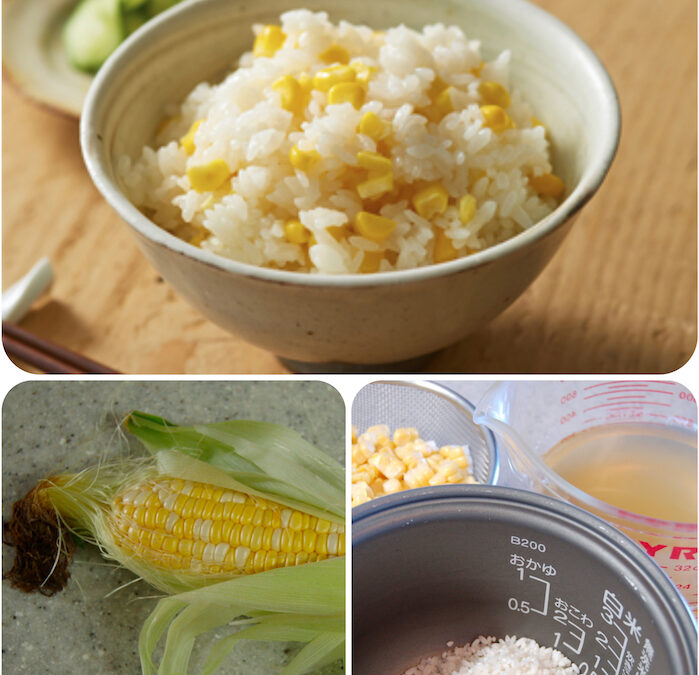
by Elizabeth Andoh | Aug 17, 2020 | Kitchen Culture, Summer, Year-Round
Corn-Studded Rice Tōmorokoshi Gohan 玉蜀黍ご飯 Summertime… bushels of fresh, sweet, corn at every market begging to be taken home and transformed into Tōmorokoshi Gohan: corn-studded rice. Prepared takikomi-style, rice dishes are cooked in a flavorful stock extracted...
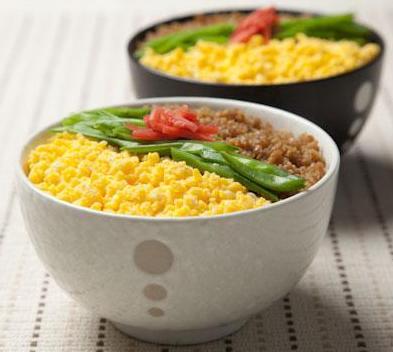
by Elizabeth Andoh | Aug 3, 2020 | Kitchen Culture, Year-Round
Soboro Don そぼろ丼 Colorful Big Bowl When I first wrote about soboro don in 1981 for Food & Wine magazine, these sorts of rice bowls topped with various ingredients were little known outside Japan. Fast-forward forty years and classic domburi dishes such as...
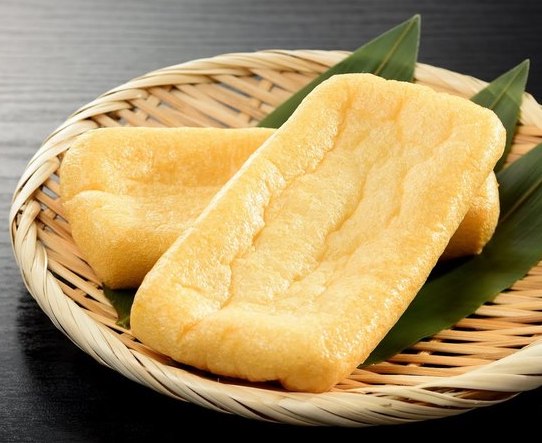
by Elizabeth Andoh | Jul 27, 2020 | Kitchen Culture, Year-Round
Foxy Fried Tōfu Japanese culinary culture is filled with references to foxes and their fondness for abura agé (fried tōfu). Names of dishes made with fried tōfu will often allude to this fox connection. Sometimes you see the word itself, kitsuné (fox) as part of the...
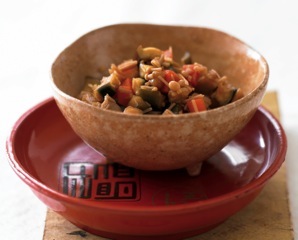
by Elizabeth Andoh | Jul 15, 2020 | Kitchen Culture, Summer
Photo from KANSHA © Copyright Leigh Beisch (Styled by Karen Shinto) 夏の福神漬けNatsu no Fukujin-ZukéSeven Good Fortunes of Summer Named after the Seven Gods of Good Fortune, Shichi Fukujin, this pickle is made from an assortment of chopped vegetables with the addition of...





















